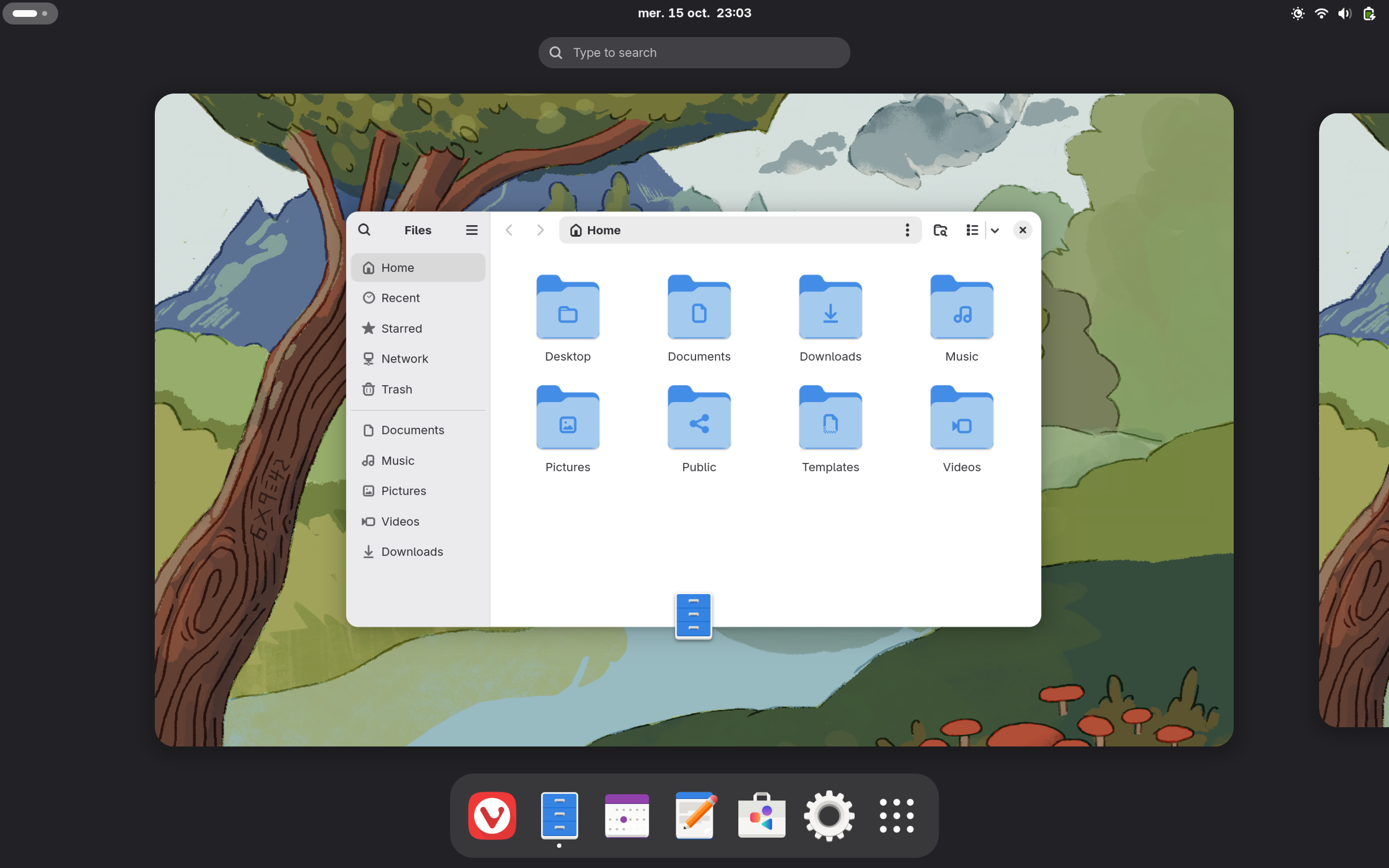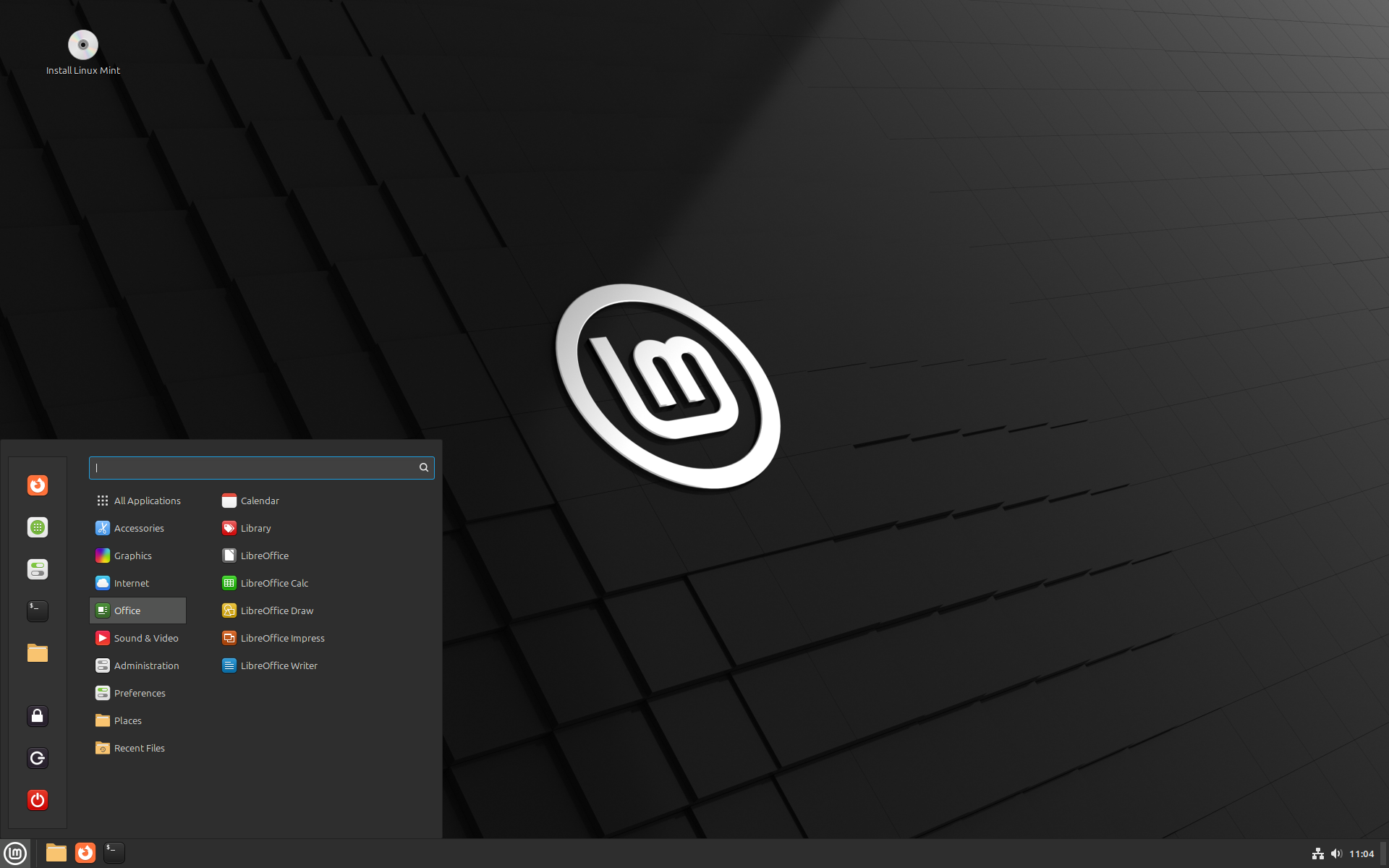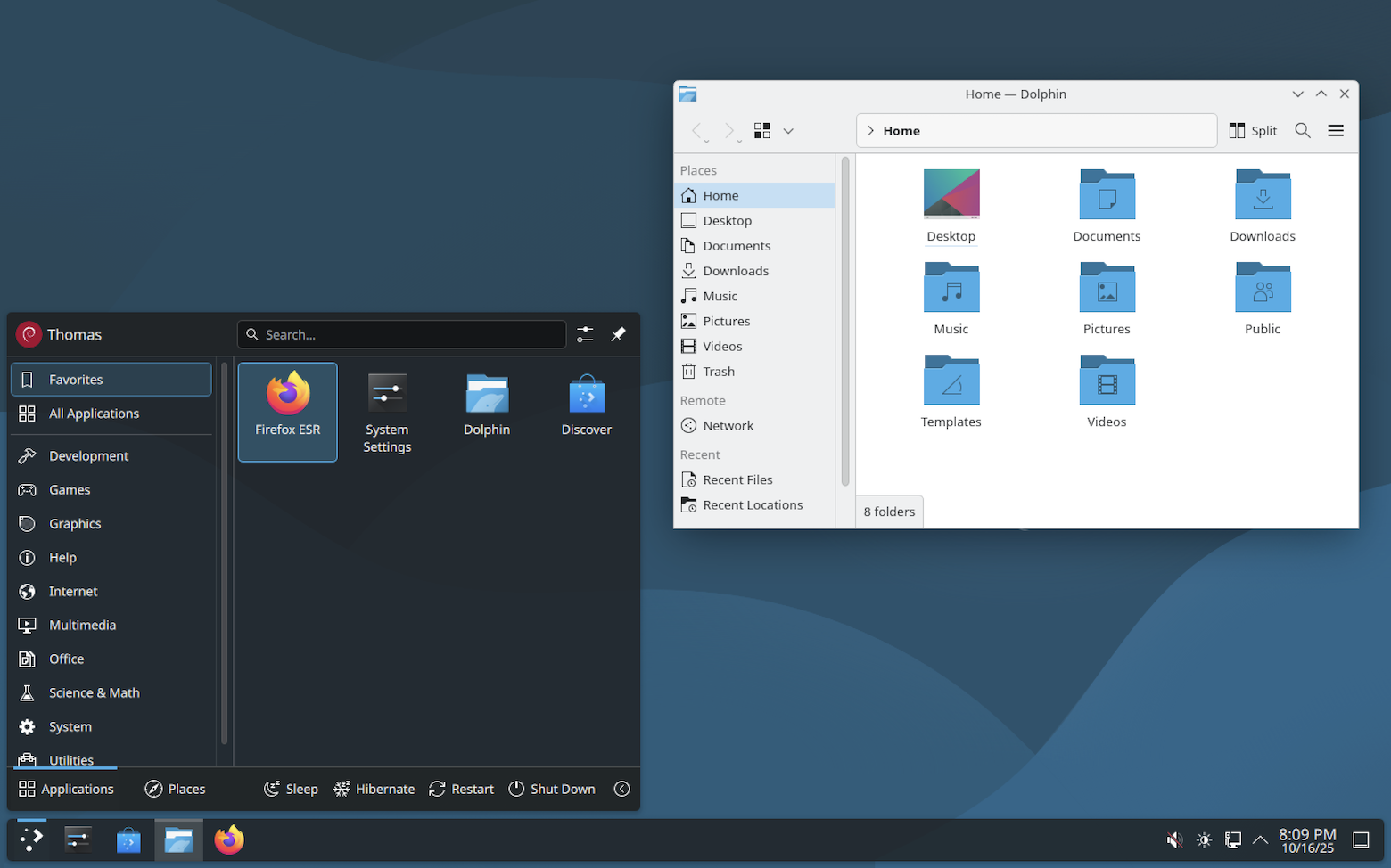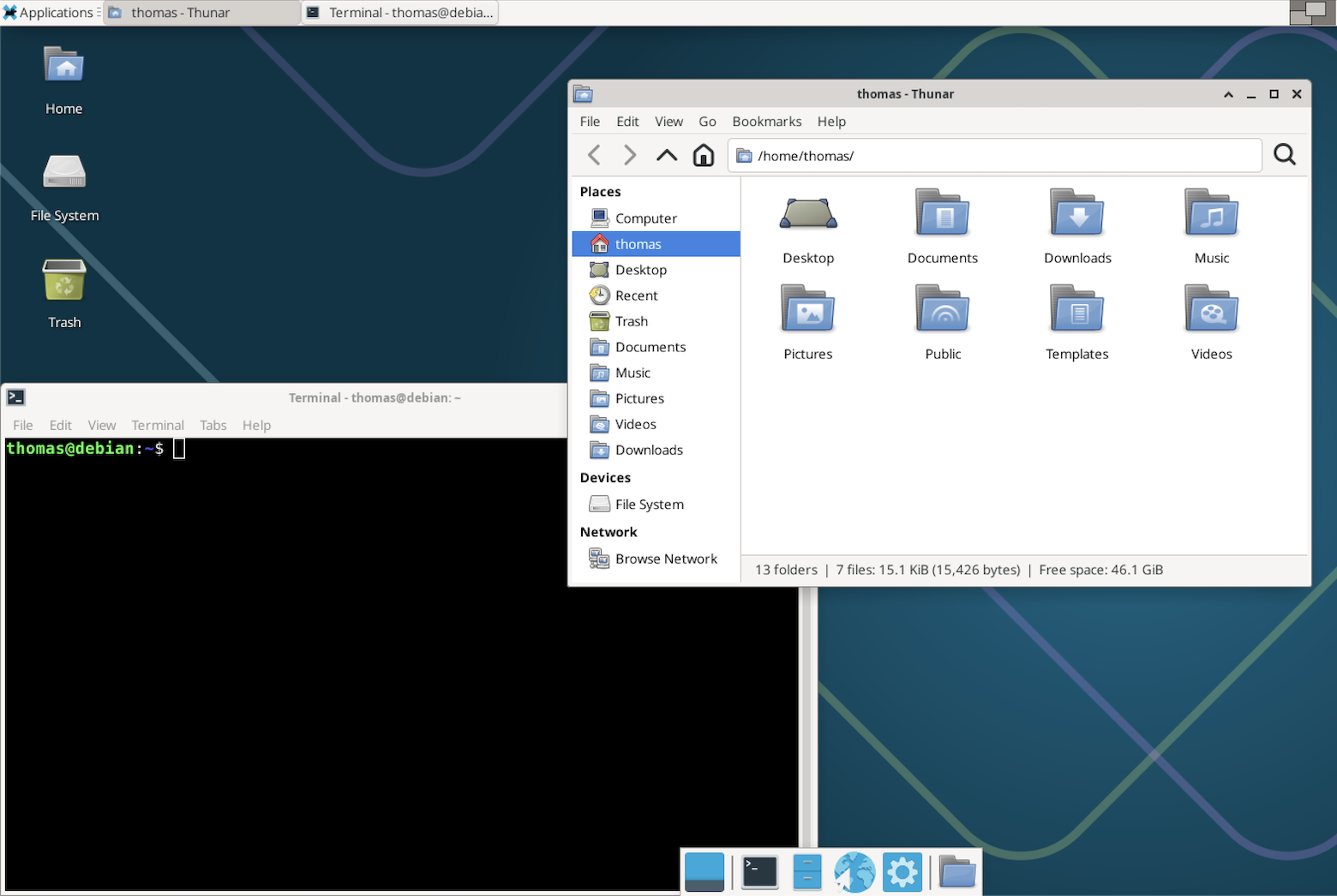
With the advent of macOS Tahoe and its infamous Liquid Glass design, I finally got motivated to look and see what else is out there. I've been a Mac user all my life since before OS X all the way back to System 7 and I've only occasionally used other operating systems. I was always satisfied with macOS, it offered one of the best user experience you could find, but here we are today. Unfortunately macOS does not offer a lot of knobs to customize the desktop experience, and it turns out one size does not fit all.
So I've been looking at the Linux space as a complete noob for the past weeks. Here are my findings, hopefully it can be of interest to other people like me who are curious, and save you some time and trouble. Note that I'm still a Linux noob so I may not be 100% correct about everything I'm saying here.
When you start looking at Linux, things are a bit of a mess. There are many Linux distributions to choose from (which are various operating systems built on top of the Linux kernel), many of them are distributions built on top of other distributions, and then for each of them you can generally pick different desktop environments. This is quite overwhelming as a newcomer. Some distributions are tailored for different use cases: desktop users, developers, servers, gaming, etc… So I went ahead and looked up and tried different ones. Without further ado, my two top picks are:
Fedora: a very well-known distribution that seems very liked and reliable. Unlike Debian which is all about long-term stability, Fedora receives regular updates so you're always running recent versions of everything. It uses the Gnome desktop environment as its default which I find to be quite nice to use.
Linux Mint: a distribution with good principles based on Ubuntu (which is itself based on Debian). From what I gathered, the maintainers basically removed all the nastiness from Ubuntu* and added some of their own goodness, one of which is the Cinnamon desktop environment. It is a user friendly desktop quite similar to what you would find on Windows. The distribution also provides very good hardware support, as you'd expect.
These two distributions are easy to use: they come bundled with apps and many more can be installed easily, and they receive regular software updates. Of course there are many other distributions to try but I think these two are the most easy to pick for newcomers.
*Ubuntu seems to be quite controversial in the Linux community as it is maintained by a private company called Canonical which does not seem to always have its user's best interest in mind. For example Ubuntu includes a closed-source package manager called Snap, which got the broader Linux community quite angry it seems. The Linux Mint folks are also maintaining a variant of their OS directly built on Debian, should they need to ditch Ubuntu some day.
There are many desktop environments to choose from. Linux distributions typically come with a default environment, but also offer to download variants of the OS with various other desktops. Linux Mint comes with its own Cinnamon as I mentioned before (which, by the way, can also be installed on other distributions) and Fedora comes by default with Gnome, which seems like a good fit for people used to macOS. It's not perfect but it looks quite good (certainly better than Liquid Glass) and can be customized with extensions (one such customization that Mac users might be interested in is to maintain the Dock available at all times and not just in the overview as is the case by default in Gnome).
The other big one is KDE, it is extremely customizable but I think I find it not visually as pleasing as Gnome (but I haven't given it a serious try yet). Interestingly there are other desktop environments that actually sport an older more classic look (late 90s, early 2000s era) such as Matte and Xfce. They are interesting to look at and supposedly are less resource hungry (good for old hardware), some users will find it refreshing to use a simpler desktop, others will prefer a more modern looking desktop.
Apparently there was a whole drama back when Gnome 3 was released, it was such a big departure from the classic desktop that many distributions stopped using it and new desktop environments such as Matte were started to preserve the Gnome 2 look & feel. Things seem to have settled down now, as Gnome became more customizable and it seems to be widely used again.
If you want to try out different desktop environment, I recommend installing Debian in a virtual machine. Unlike many other distributions, this one comes with no particular desktop and will ask you which ones you want at install time. Although I wouldn't typically recommend installing more than one (because you'd end up with a lot of stuff from different environments installed together), it's a great way to test different environments in a VM as you can simply log out and log back in with a different desktop.




Before installing on real hardware I've been testing various distributions in virtual machines. For example the UTM app will work mostly fine. You can choose the virtualize option to get the best performance (running the guest and host with the same architecture). If you have an Apple Silicon machine, make sure to download the arm64 variant of the distribution. Although arm64 is much less used than x86_64, it's good enough for testing. Be careful that some install images won't work as-is for some reason, for example testing Manjaro (yet another distribution) in UTM requires editing obscure advanced settings, but most distributions provide ISO images which work right out of the box.
Linux supports various hardware but not everything will work. I see a lot of recommendations for Dell and Lenovo (ThinkPads in particular) machines because they have great Linux support from the manufacturers, they even offer to configure some of their machines with Linux (or even no OS at all) and will give you back a small discount for the Windows license. Other hardware typically work but some are known to be hit-or-miss such as certain Wifi cards. Sometimes people end up replacing some parts in their machine or need to install additional drivers in the OS.
There's also a bunch of companies selling hardware with Linux in mind. A lot of them seem to be using the same hardware chassis (the TongFang and Clevo) and stuffing whatever hardware they want in it. Some of them are Slimbook, Laptop with Linux, Tuxedo Computers, System76 and Nova Custom. Others having custom designs are Starlabs, Purism and Framework. As a Mac user, I find it quite difficult to find a machine that looks as good as Apple's laptops.
Some Macs work with Linux too. I decided to try out Fedora on an old MacBook Pro intel from 2014 and it actually was able to run the latest Fedora, while the machine cannot be updated past Big Sur (which was released five years ago in 2020). But this particular machine has obsolete hardware even for Linux. I had to install proprietary Broadcom drivers in order to have the Wifi working, I also tried to install nvidia proprietary drivers for hardware acceleration but alas only older drivers work with the hardware and they turn out to be not compatible with the latest Linux graphical system (called Wayland). So I gave up on hardware acceleration (I just wanted to give Fedora a test drive anyway and I learned a lot while doing so).
If you have an Apple Silicon machine, then you need to know about the Asahi Linux project, which is a bunch of people doing heroic work to reverse engineer the proprietary Apple hardware in order to write the necessary drivers for Linux. They provide a Fedora variant that can be installed on M1 and M2 machines. Their work is also challenging because many changes are made across various low-level components and they need to be eventually moved upstream to the original projects, which I understand is not an easy thing to do. I wish Apple would actively help the community by providing hardware documentation, donating money or even developing their own Bootcamp style support.
Only M1 and M2 are supported. Work to support newer hardware is ongoing but very challenging. I have personally donated money to the project and if you think like me that it would be sad to not be able to boot other operating systems on Apple Silicon machines, you might want to consider donating too.
ARM-based machines form other manufactures may work but, from what I gathered, support remains quite unpredictable at this stage (unless you can find a manufacturer officially supporting Linux).
Just a word on gaming, I was very surprised to realize that Linux seems to have become a much more potent gaming platform than macOS. Wait, what? It turns out you can install the Steam app on Linux and install most of your games and just run them. Yes, your Windows games. How is that even possible? Because companies such as Valve invested a lot of money into making devices such as the Steam Deck (whose OS is based on Linux) able to run those games using various layers of translations. And Linux distributions are now simply benifiting from that work. Pretty wild. Not everthing is compatible but quite a lot of games seem to be.
I like the idea of something different, not Windows, macOS or Linux. Some other UNIX-like operating systems, and some do exist. SerenityOS is "a love letter to '90s user interfaces with a custom Unix-like core". It's interesting to think about what could be a modern OS with a classic UI. However I think this one will have a bit of a tough time pleasing Mac users as the UI is more reminiscent of early Windows than early MacOS. Furthermore this is a hobbyist project, providing no pre-built images and probably not to be used seriously as a daily driver.
Haiku OS is another interesting one. It is the spiritual successor of BeOS (you know, that OS that almost became OS X) and is a partial reimplementation. It has some great ideas such as the drill-down menus that provide super fast filesystem navigation, which you can also use to move and copy files (by the way, can you believe that the macOS Finder does not have move-to and copy-to commands?). One other thing is the ability to group windows from different apps as tabs of the same window. It also sports a WebKit-based browser. I'm not sure it can be used as a daily driver but it seems like it might be fine for basic use (browsing, emailing, …). Furthermore it's great to see that it is still actively maintained today. Haiku OS only runs on x86_64 hardware and can also be emulated in a VM on Apple Silicon machines.
I'm looking to get a more decent piece of hardware to better test-drive Linux and continue exploring. This will be a secondary machine for now and I'll continue using macOS as my main one (which I will keep on Sequoia as long as possible). I'm learning a lot which is great, I think it's a good thing to keep a look on what's happening on other platforms, something I probably haven't done enough over the years. And of course I'm always curious to see where Apple will take macOS in the future, right now is a bit of a tough time.
2025, October 17th